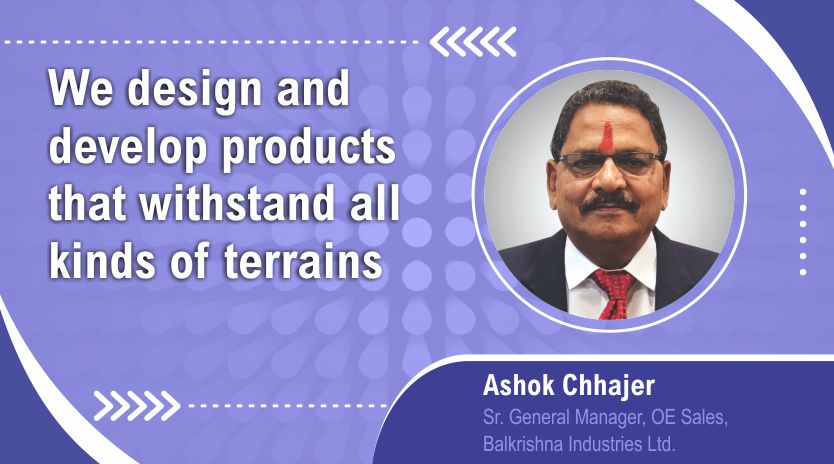Shot Blasting machines in industrial conditions
July 3, 2021 7:19 pm
The chief purpose of the cleaning process is to remove the contaminants from the surface of castings in order to prepare them for use or for further finishing treatment: painting, enamel coating or mechanical treatment.
Shot peening, involving the dynamic cold plastic treatment of the surface layer in metals, is applied to modify its parameters. Due to work hardening of the outer layer, the metal is strengthened, its physical and chemical parameters are changed and its service life and fatigue parameters are improved [1,2,8]. The difference between the processes discussed here lies in that product to be sand blasted include castings products obtained in sand moulds and metal moulds. Sand blasting is intended to give them a good appearance, to ensure the required surface quality and conditions. Metal products are typically treated by shot – peening, including castings after mechanical treatment, polishing or thermal and chemical treatment.
Sand blasting processes are typically done by rotor machines where the stream of the cleaning agents (steel grain or iron shots) is ejected by rotor blades and bombard the surface of the casting. Shots fed onto the rotating blade are ejected at high speed, under the action of the centrifugal force [3÷5,9]. The shot peening method is also applied to produce the surfaces with required parameters. The main objective of shot-peening is to improve their fatigue endurance, resistance to erosion and cavitation wear as well as corrosion resistance. Sand blasting and shot-peening procedures require that the stream of cleaning agent (grain or shots) should have the required level of kinetic energy and should impact on the entire surface to be covered.
Types of shot blasting process:
- Blast wheel- The wheels are the backbone of every shot blasting machine. There are number of wheels are installed in the shot blasting machine, it depends on the type of work to be shot blasted. Apart from its efficiency and cleaning also depends on the quality of the wheel therefore it should have quality component used in the machine for effective shot blasting process.
- Cabinet- the cabinet of shot blasting machine is involved in the articles that is to be treated in closed, for vibration free shot blasting process. Cabinet is generally made by the string steel or other abrasive material, lined with wear resistant alloy. To use shot blasting machine effectively one should do proper inspection of its door and air ventilation procedure.
- Work Handling Mechanism-It depends on the types of shot blasting machine you are using as per your job requirement, also on the size and quality of the items. If we talk about the Tumblast machine, we have to look up on the conveyor belt or rubber belt used in the machine should not get damage during tumbling to insure effective blasting. Meanwhile table type of shot blasting machine parts must be positioned again and again on table to assure complete cleaning of the surface. Apart from it in hanger type shot blasting machine sometime parts get suspended on the trees hung, then special fixtures usually carried into the abrasive stream. We also have to look after its maintenance timely for its effective use.
Effectiveness of the shot blasting processes
The analysis of effectiveness of the cleaning treatment reveals those shots hitting the targeted object play the double role: they clean it both by hitting and abrasive action. The difference in hypothetical impacts produced by the stream of shots hitting the castings surface results from the differences in the speed v of shots or grain and the incidence angle α. It is recommended that the rotors should be used that should blast the cleaning agent at different angles. The extent of surface impacts and their quantitative description is provided by the theory of J.G. Bitter, dealing with erosion wear and based on mechanics of elasticity and plasticity of solids.
Erosion wear involves both abrasive actions associated with the impacts produced when shots hit the surface at small angles (micro-machining) and crushing and chipping caused by shots bombarding the surface at large angles. For machining wear experienced when abrasive grains scratch the surface forming ’micro- chips’, referred to as ’small angle impacts’. Regular inspection and maintenance showed that the stability of the machine and ensure that it is free from defects. Noise study also showed that there was decrease in dB when compared with the initial dB after implement the remedies. When compared with behavioural observation among the operators, the training needs to be identified and provided to improve the safety culture.
The initial noise level showed that some areas are under critical situations and need importance to the location it has to be minimised through engineering suggestion Training needs to be provided to improve the safety awareness among the operators and co-workers those who are worked in that machine area. The usage of PPE also reduced the exposure from dust & noise emitted from the shot blasting process.
Cookie Consent
We use cookies to personalize your experience. By continuing to visit this website you agree to our Terms & Conditions, Privacy Policy and Cookie Policy.




















 English
English Hindi
Hindi